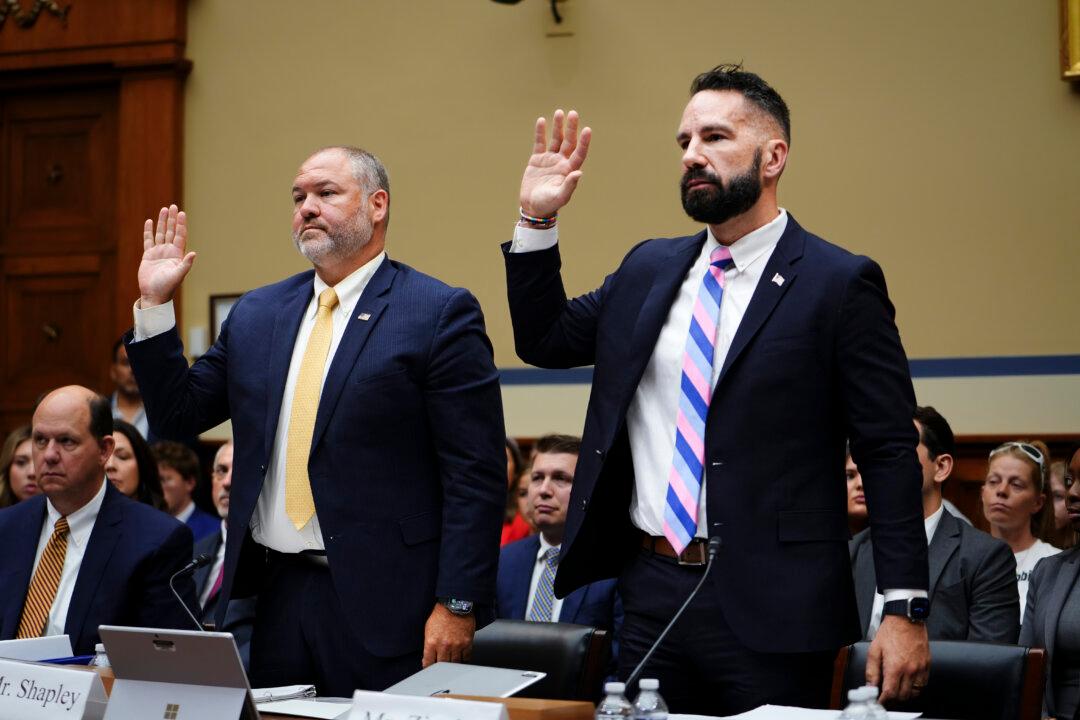Projecting the future of the biggest federal health care program became much more difficult due to the effect on treatment patterns by the CCP virus, according to the 2021 Annual Report of the Boards of Trustees of the Federal Hospital Insurance (HI) Trust Fund and the Federal Supplementary Medical Insurance (SMI) Trust Fund.
The 273-page report was released on Aug. 31 as the nation’s attention was focused on the completed withdrawal of all U.S. military forces from Afghanistan after 20 years of war in the long-troubled Central Asian country.





